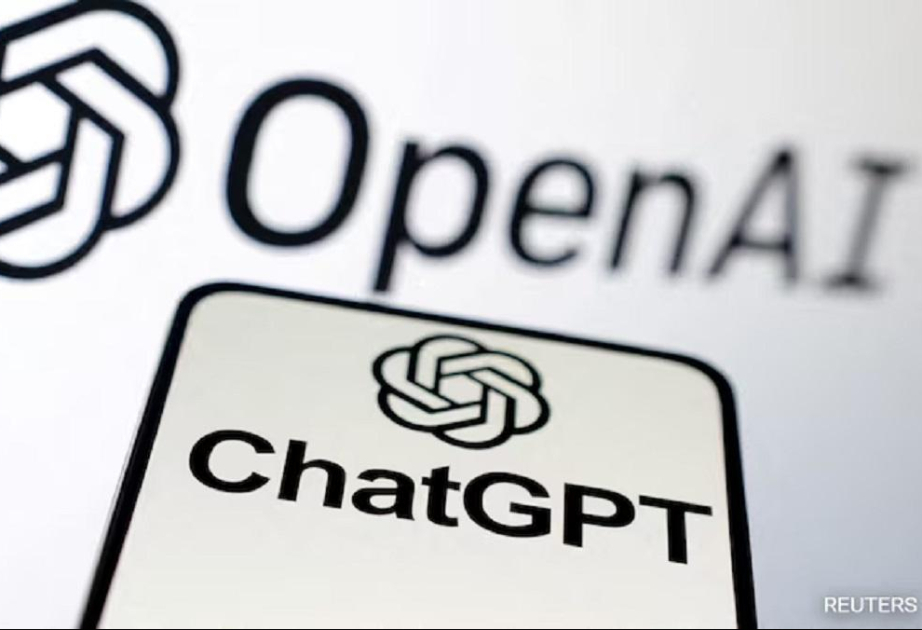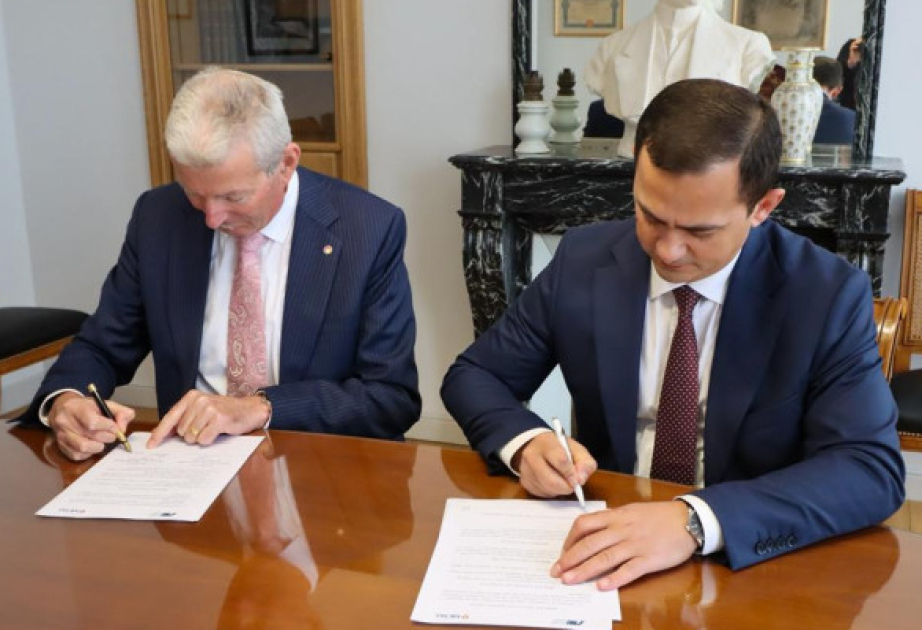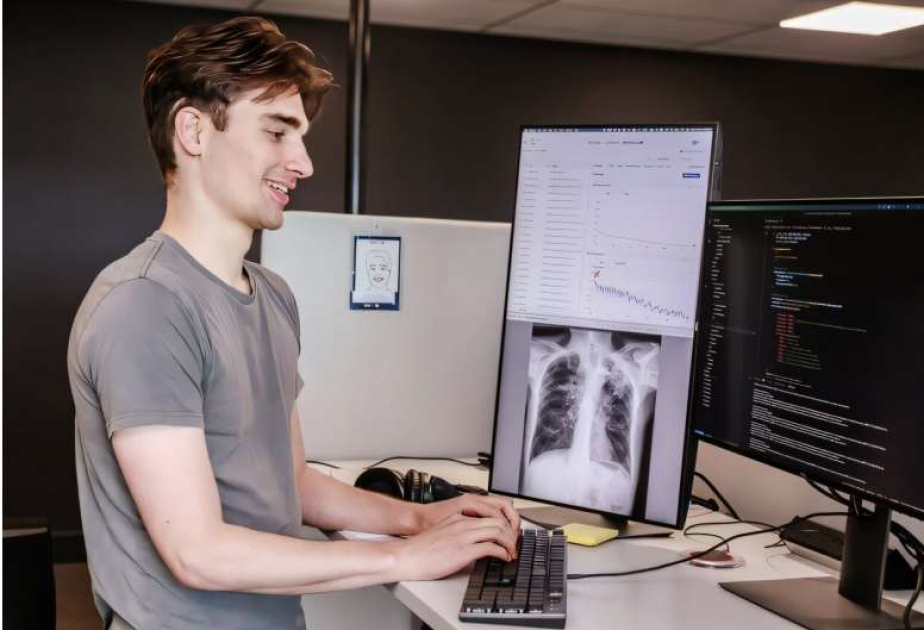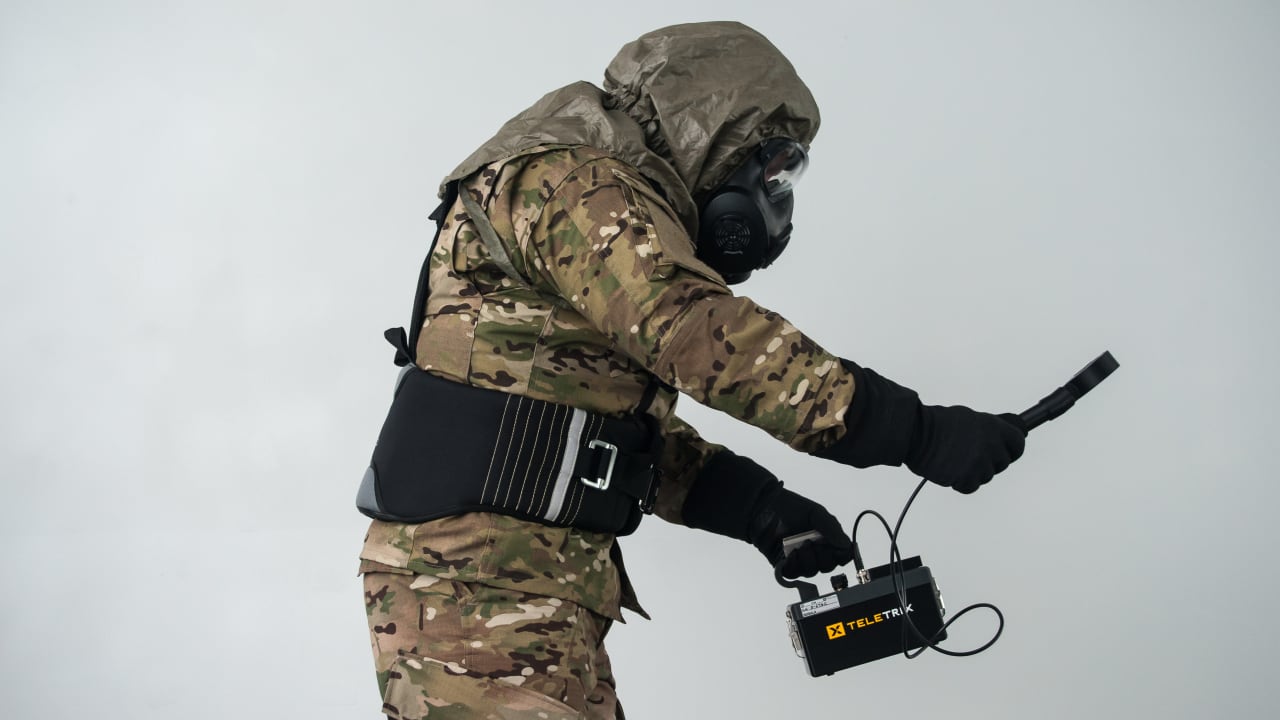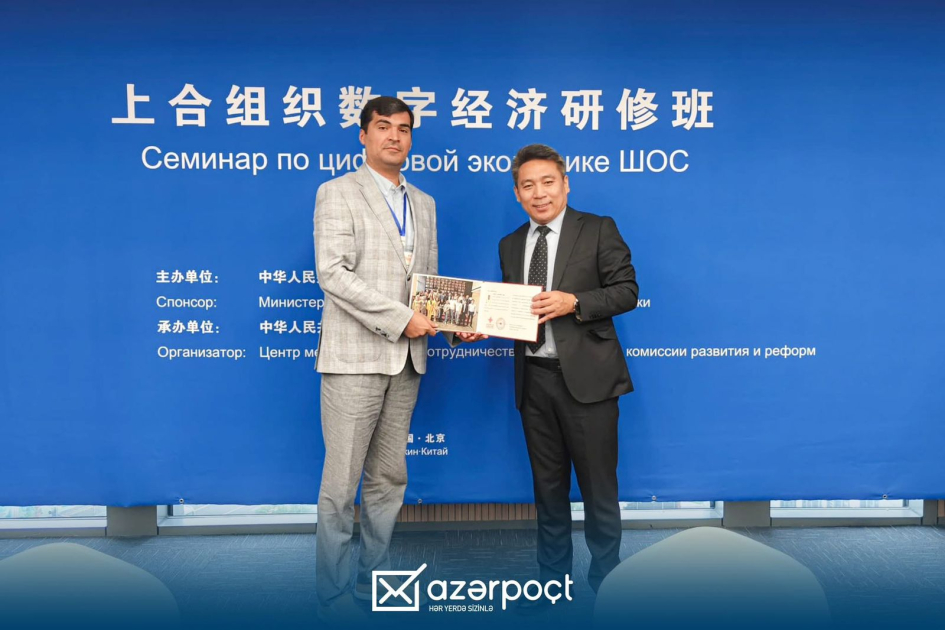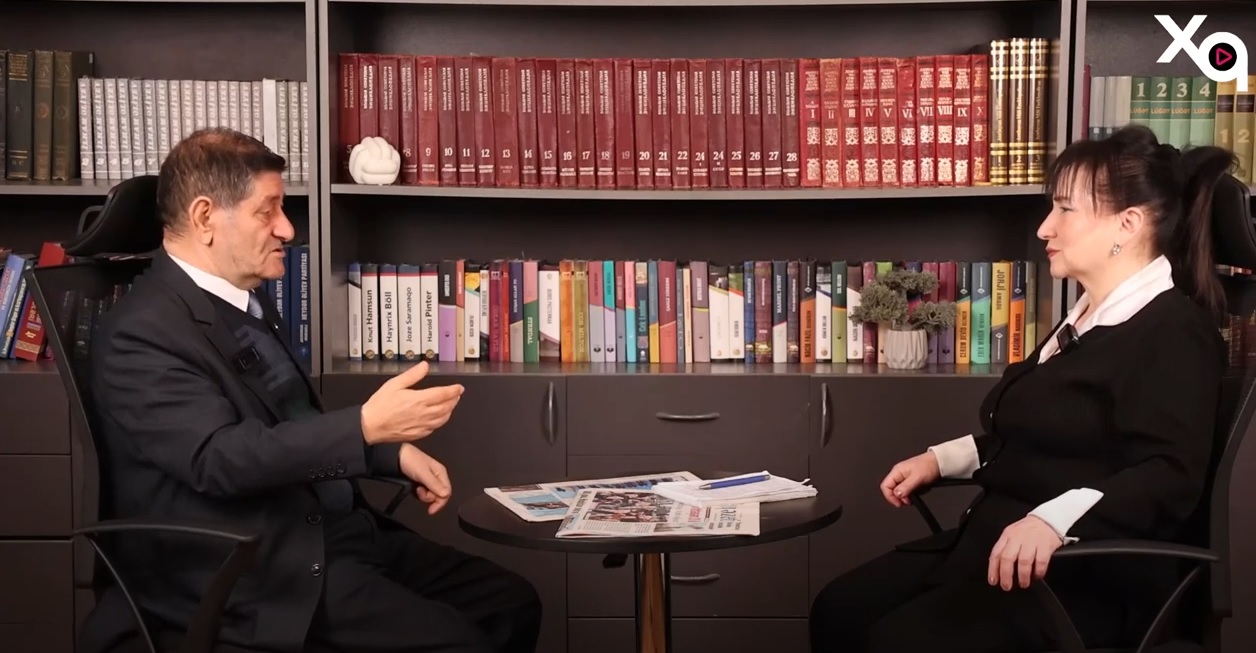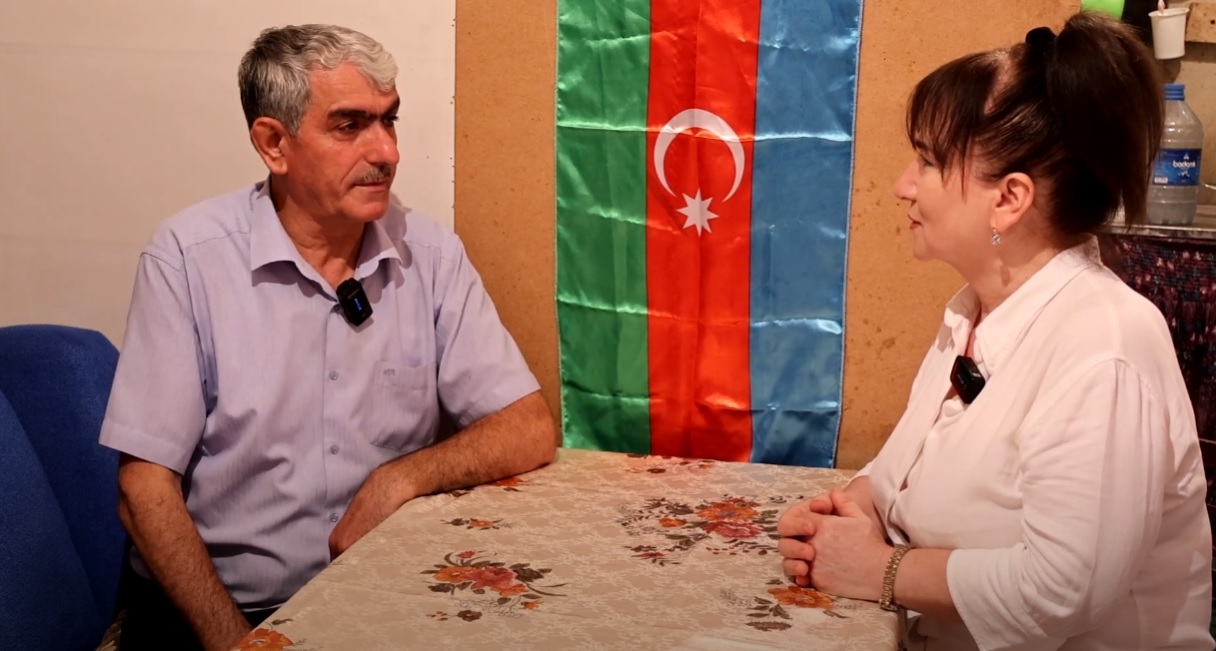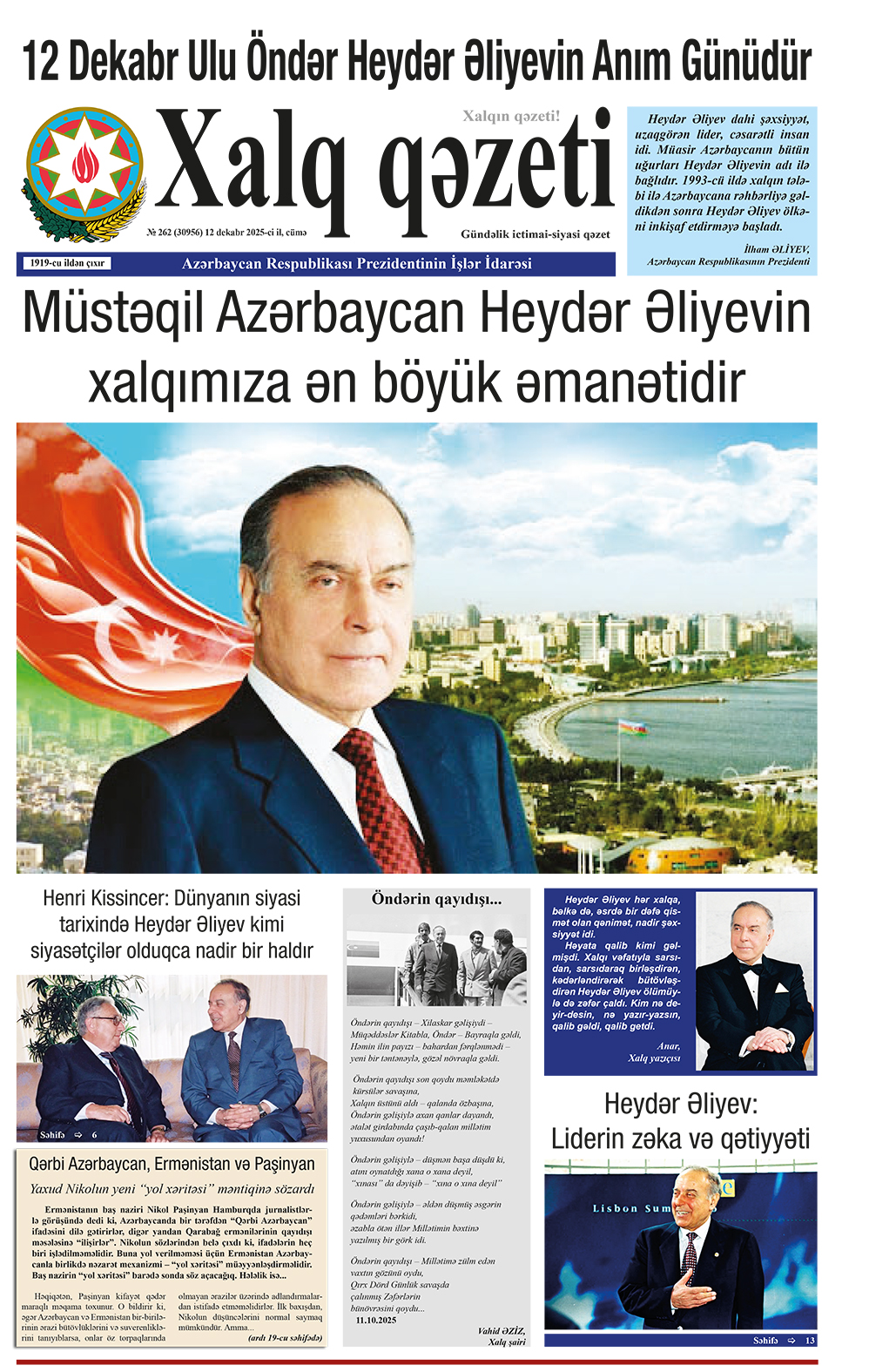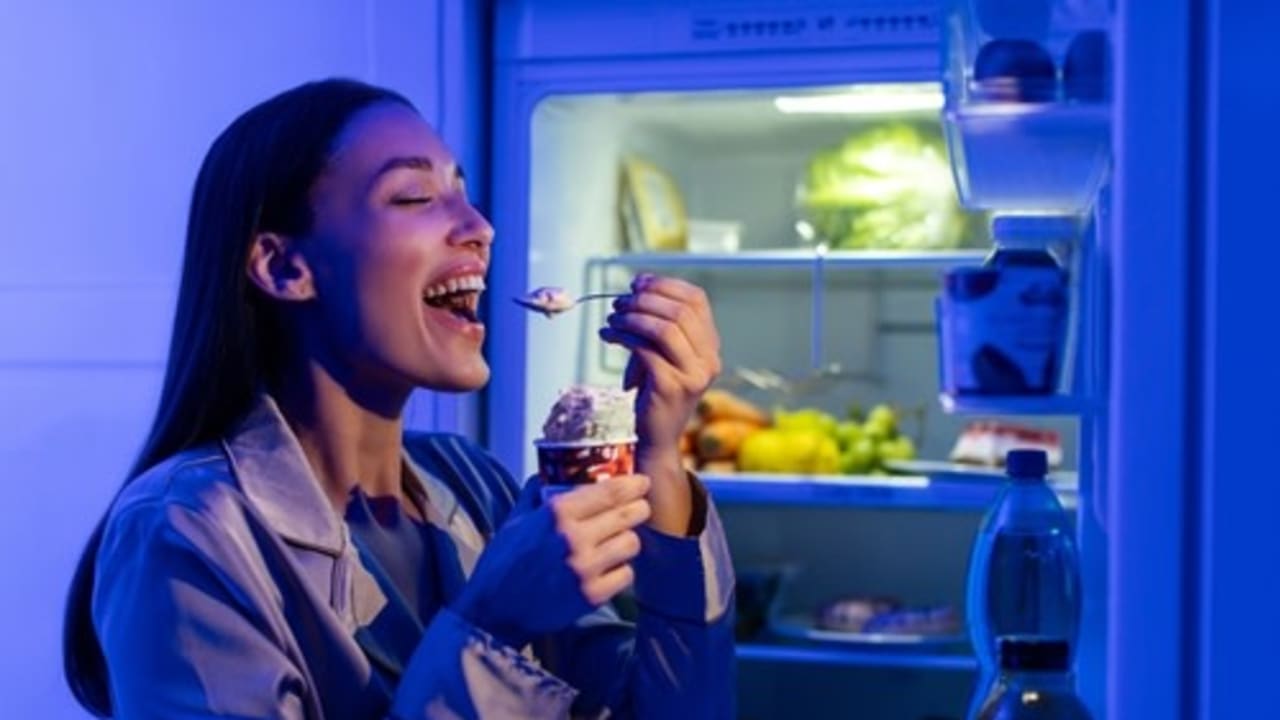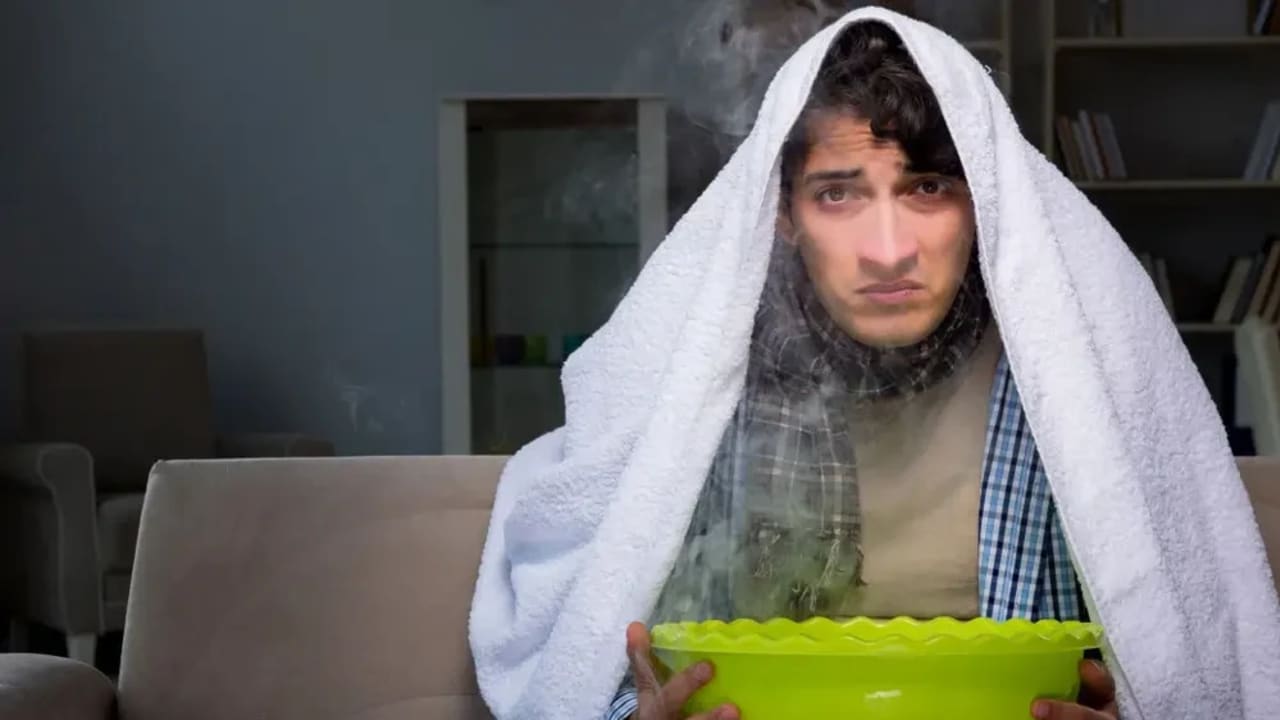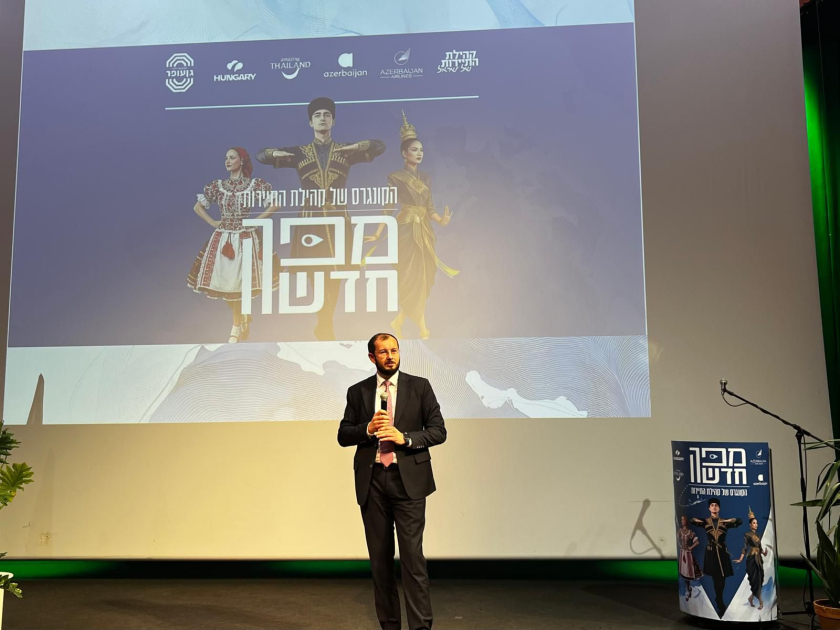Elon Musk has shown off his “Cybercab” in an eagerly anticipated event for Tesla investors, but was vague on crucial details as he predicted the self-driving taxi would be available for less than $30,000, according to Financial Times. “I think the cost of autonomous transport will be so low that you can think of it like individualised mass transit,” Musk said on Thursday, after he made a Hollywood entrance at Warner Bros Studios in Los Angeles, riding in a Cybercab with no steering wheels and pedals. He said production of the robotaxis was likely to start before 2027, with the caveat that the service needed to be approved by regulators. He also unveiled a prototype for a 20-person autonomous vehicle called “the Robovan”.
Since Tesla announced a “robotaxi day” on April 5, its shares have risen 45 per cent in anticipation of the unveiling. Musk has said its pivot to autonomous driving and artificial intelligence could take the company’s valuation as high as $5tn, about seven times its current market value. However, the shares fell 5 per cent in pre-market trading on Friday. Following months of delay, Musk’s presentation started nearly an hour late and ended in less than 30 minutes, with Optimus autonomous humanoid robots dancing in what looked like a giant fish tank. “I think this will be the biggest product ever of any kind,” Musk said, adding that the humanoid robot would be available for less than $30,000 at scale. Musk, however, did not provide details on the technology behind the robotaxis and how he would bring down the cost of the self-driving vehicles.
While the robotaxi project is longer-term, the biggest omission for investors was Musk’s failure to unveil a more affordable electric vehicle, known unofficially as the Model 2 that will be priced at $25,000, to revive its ageing product portfolio. Garrett Nelson, analyst at CFRA Research, said he was disappointed by the lack of clarity for Tesla’s near-term product road map. “We think the event did little to change an opaque intermediate-term earnings outlook,” he said.
Musk has repeatedly missed his own targets to roll out self-driving taxis, first promising fully autonomous rides from Los Angeles to New York by the end of 2017. In 2019, he predicted that 1mn robotaxis would be on the road by the following year. On Thursday, he said unsupervised rides using its self-driving software could be available in Texas and California from next year. Most analysts believe it will take several more years for Tesla to roll out the robotaxis in light of the regulatory hurdles and questions about the safety of its self-driving technology, which relies on cameras and AI to steer the vehicles. Rivals including Waymo and China’s Baidu depend on lidar — laser-based sensors — and high-definition maps to understand the vehicle surroundings. Analysts at Jefferies said Musk did not provide “verifiable evidence” of advances in Tesla’s autonomous technology. That “makes it difficult to assess feasibility of the targets outlined at the event given there is no precedent for achieving higher levels of autonomy using a vision-only approach”, they added. In recent years, Musk has tried to convince investors to value the company not as an EV maker, but one focused on autonomous driving and AI. Tesla’s automotive sales, which still account for 82 per cent of its total revenue, have declined in the face of increased competition. More affordable EV offerings from Chinese companies have forced Tesla to cut its prices. In its latest quarter, vehicle deliveries rose 6.4 per cent from a year earlier, rebounding for the first time this year, despite slightly missing Wall Street expectations.



